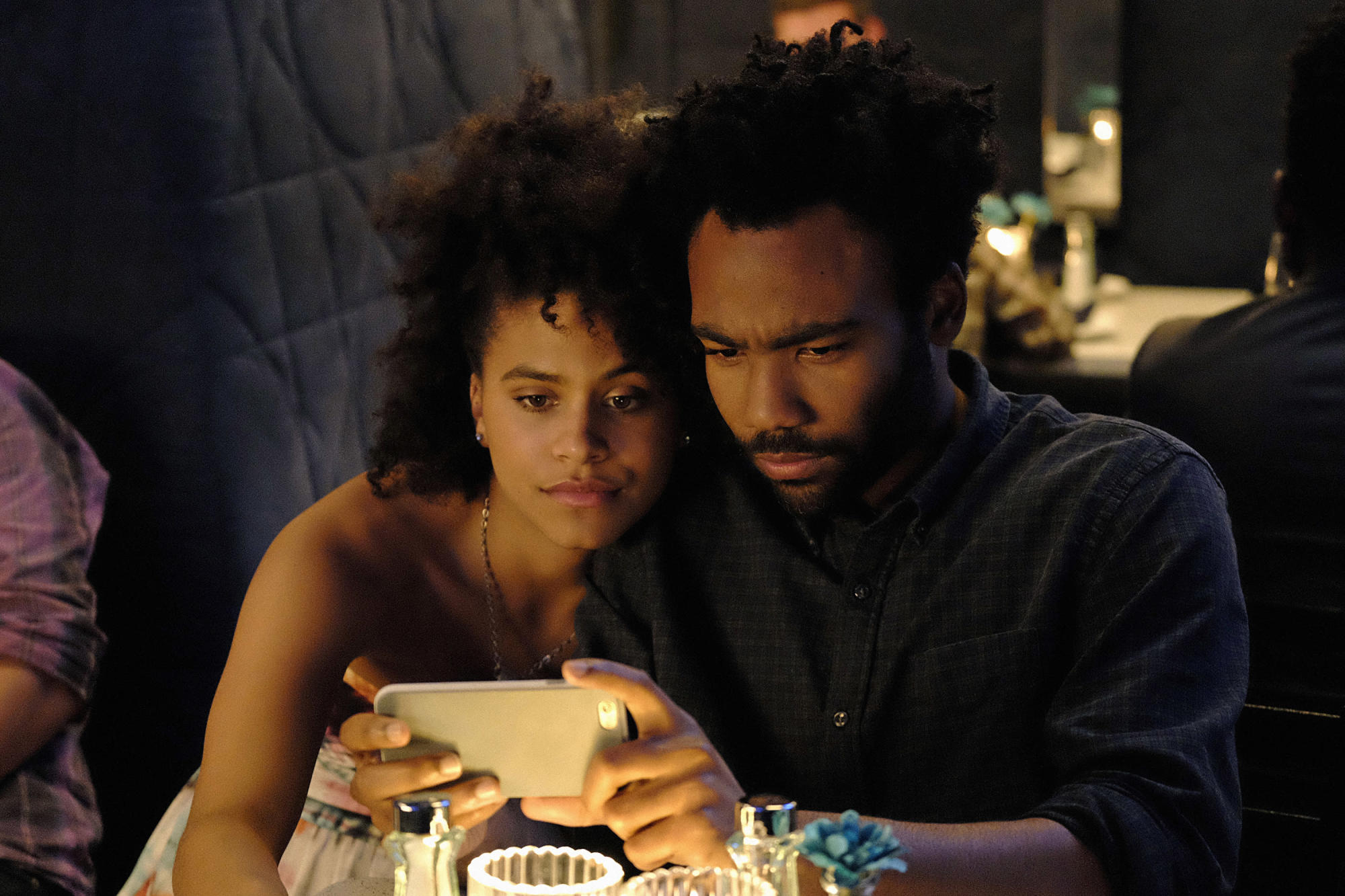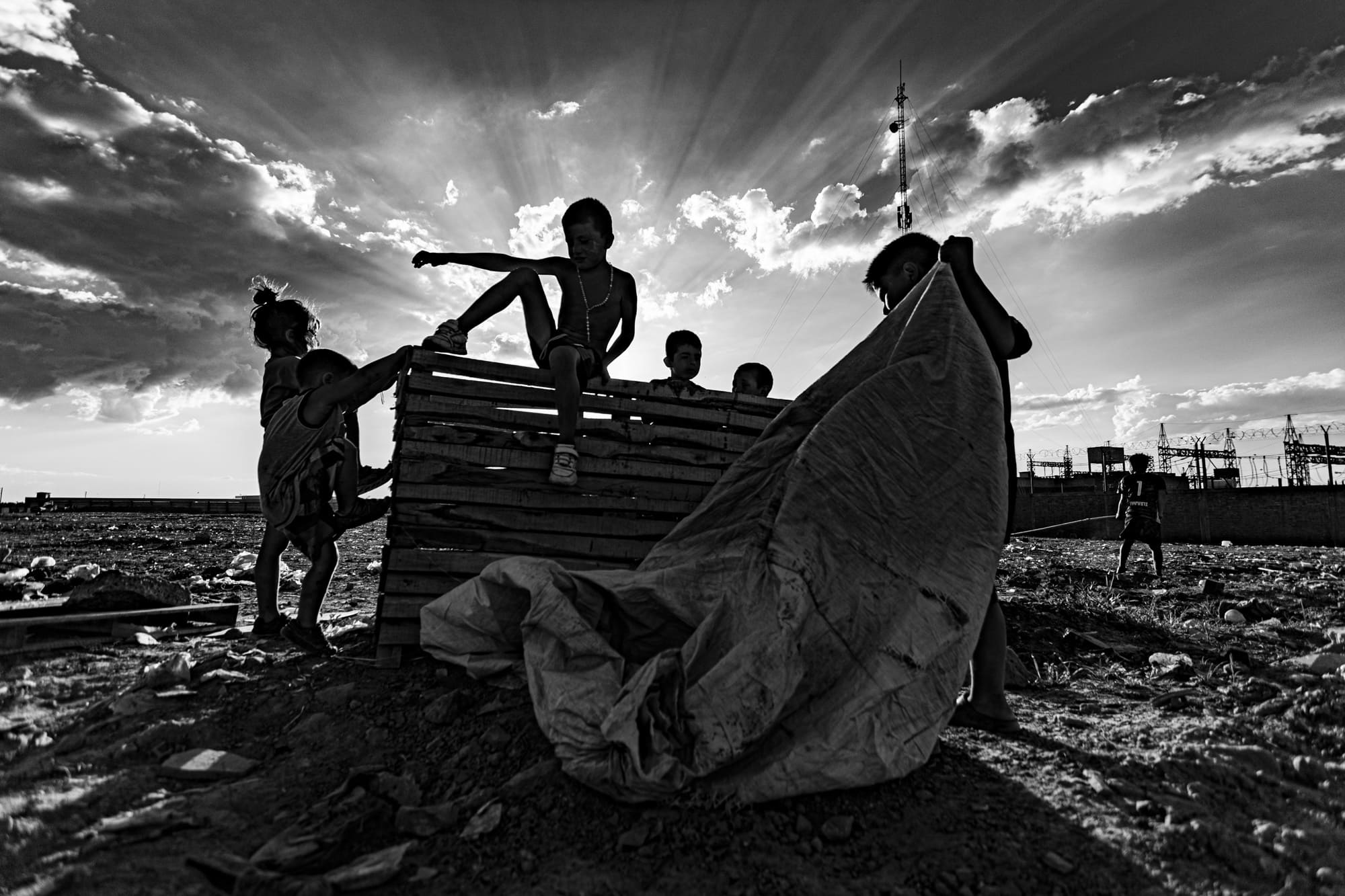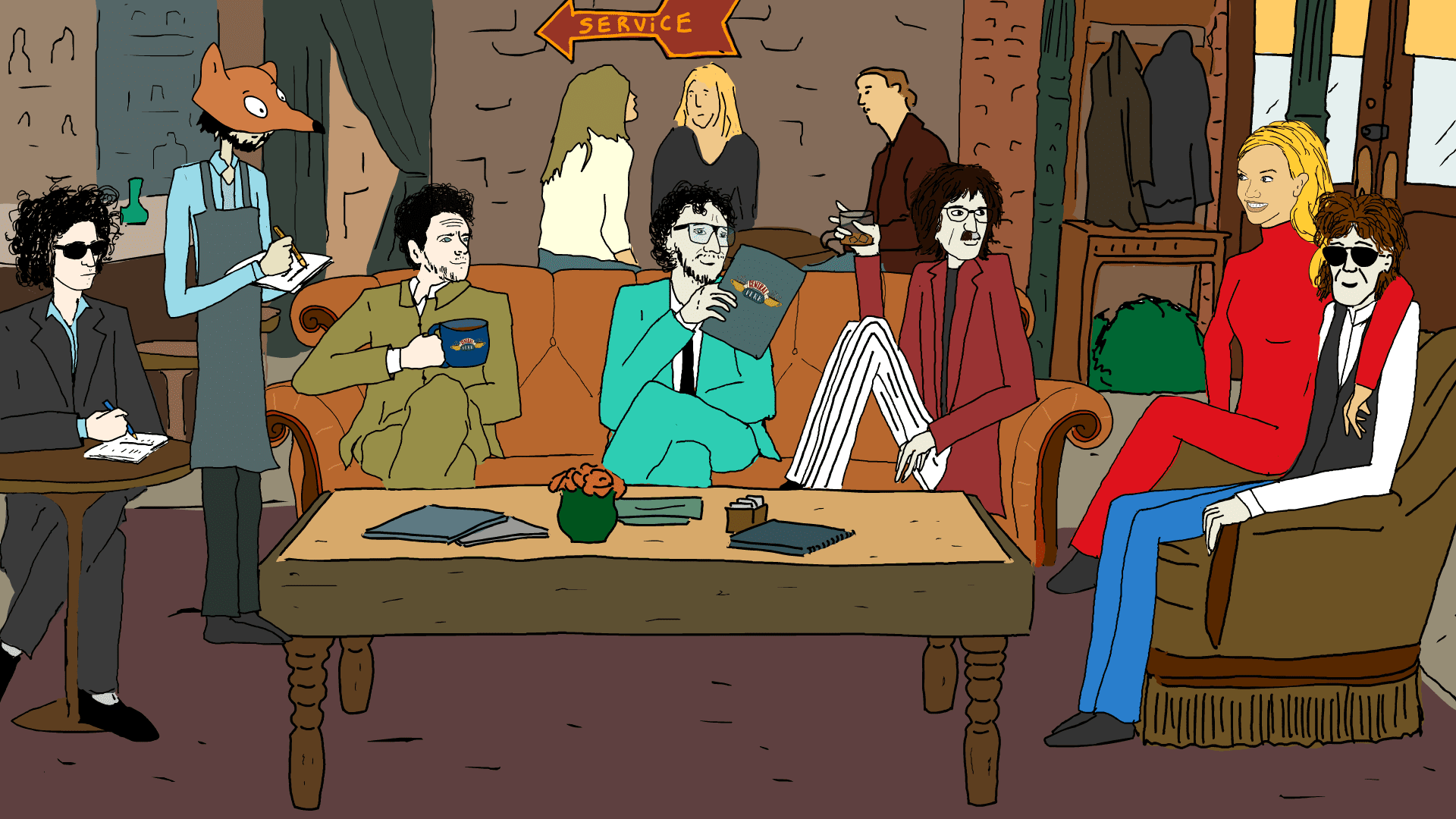
Hiro Murai, director of several episodes of Atlanta, defines the series as a “fever dream.” This sitcom questions and criticizes the stereotypes surrounding the African-American population with an Afro surreal aesthetic and ethos.
In 1974, Amiri Baraka coined the term ‘Afro surreal’ to introduce the book Ark of Bones and Other Stories by Henry Dumas. He used it to describe Dumas’ ability to create a different world organically connected to it. In 2009, D. Scot Miller published the ‘Afro Surreal Manifesto’ in which he acknowledged the union with Surrealism but emphasized its strong relationship with the Blackness movement and black art movements. These two claimed the right of black people to define their own identities, rights, and cultures despite the influence of colonialism and the injustices denounced by the Civil Rights Movement. If Afrofuturism, Miller says, is focused on the future, Afro-Surrealism is interested in the present and visits the past “with fresh eyes.”
Afro-surrealism has resurfaced amid new forms of violence, especially police violence in the United States. Scot Miller says it’s about being irreverent, reacting with absurdity to an absurd situation, but, above all, bringing dream, fantasy, and wonder to imagine ways to transform reality.

Main points of the Afro Surrealist Manifesto
In 2009, D. Scot Miller published “Black is the new black. A 21st century manifesto,” a surreal Afro manifesto. The epigraph was a quote from Frida Kahlo: “I am not a surrealist. I paint what I see”.
Miller follows the Senegalese poet Leopold Senghor in saying that the difference between European and African Surrealism is that the latter is mystical and metaphorical and not empirical. But it is also revolutionary. Unlike Afrofuturism, Afro-Surrealism speaks of the here and now, sees the past with different eyes, and is interested in describing “the reactions, genuflections, twists and unexpected changes of the browning produced by Western, white, heterosexual, masculine civilization.”
- We have seen these unknown worlds emerging in the works of Wifredo Lam, whose Afro-Cuban origins inspire works that speak of old gods with new faces, and in the works of Jean-Michel Basquiat, who gives us new gods with old faces. We have heard this world in the ebo-horn of Roscoe Mitchell and the lyrics of DOOM. We’ve read it through the words of Henry Dumas, Victor Lavalle, and Darius James. This emerging mosaic of radical influence ranges from Frantz Fanon to Jean Genet. Supernatural undertones of Reed and Zora Neale Hurston mix with the hardscrabble stylings of Chester Himes and William S. Burroughs.
- Afro-Surreal presupposes that beyond this visible world, there is an invisible world striving to manifest, and it is our job to uncover it. Like the African Surrealists, Afro-Surrealists recognize that nature (including human nature) generates more surreal experiences than any other process could hope to produce.
- Afro-Surrealists restore the cult of the past. We revisit old ways with new eyes. We appropriate 19th century slavery symbols like Kara Walker, and 18th century colonial ones like Yinka Shonibare. We re-introduce “madness” as visitations from the gods, and acknowledge the possibility of magic. We take up the obsessions of the ancients and kindle the dis-ease, clearing the murk of the collective unconsciousness as it manifests in these dreams called culture.
- Afro-Surrealists use excess as the only legitimate means of subversion, and hybridization as a form of disobedience. The collages of Romare Bearden and Wangechi Mutu, the prose of Reed, and the music of the Art Ensemble of Chicago and Antipop Consortium express this overflow.
Afro-Surrealists distort reality for emotional impact. 50 Cent and his cold monotone and Walter Benjamin and his chilly shock tactics can kiss our ass. Enough! We want to feel something! We want to weep on record.
- Afro-Surrealists strive for rococo: the beautiful, the sensuous, and the whimsical. We turn to Sun Ra, Toni Morrison, and Ghostface Killa. We look to Kehinde Wiley, whose observation about the black male body applies to all art and culture: “There is no objective image. And there is no way to objectively view the image itself.”
- The Afro-Surrealist life is fluid, filled with aliases and census- defying classifications. It has no address or phone number, no single discipline or calling. Afro-Surrealists are highly-paid short-term commodities (as opposed to poorly-paid long-term ones, a.k.a. slaves).
Afro-Surrealists are ambiguous. “Am I black or white? Am I straight or gay? Controversy!”Afro-Surrealism rejects the quiet servitude that characterizes existing roles for African Americans, Asian Americans, Latinos, women, and queer folk. Only through the mixing, melding, and cross-conversion of these supposed classifications can there be hope for liberation. Afro-Surrealism is intersexed, Afro-Asiatic, Afro-Cuban, mystic, silly, and profound.
- The Afro-Surrealist wears a mask while reading Leopold Senghor.
- Ambiguous as Prince, black as Fanon, literary as Reed, dandy as André Leon Tally, the Afro-Surrealist seeks definition in the absurdity of a “post-racial” world.
- In fashion (John Galliano; Yohji Yamamoto) and the theater (Suzan Lori-Parks), Afro-Surreal excavates the remnants of this post-apocalypse with dandified flair, a smooth tongue, and a heartless heart.
- Afro-Surrealists create sensuous gods to hunt down beautiful collapsed icons.


